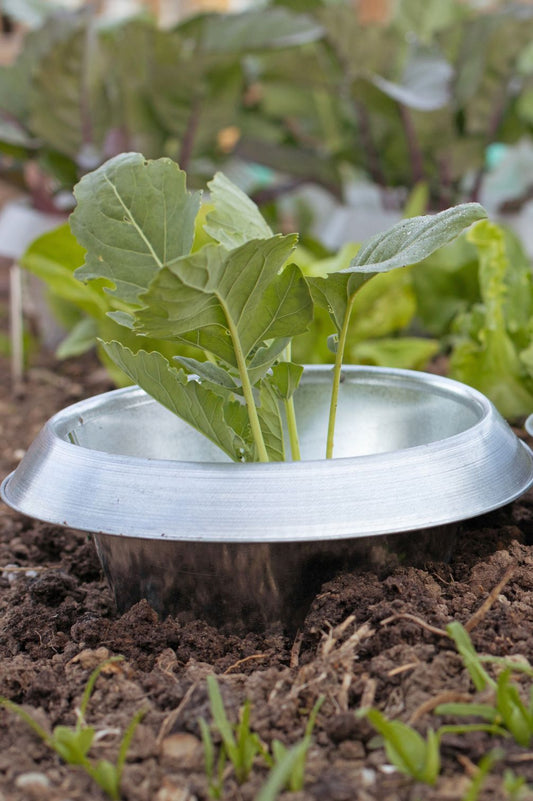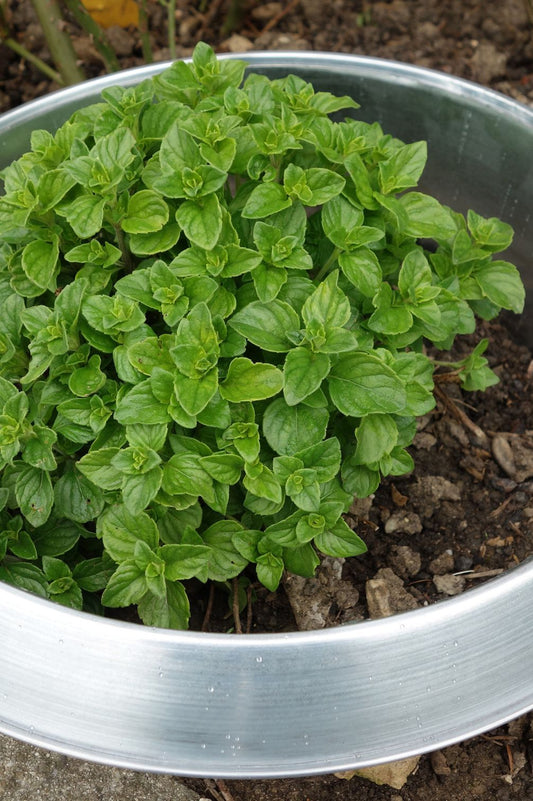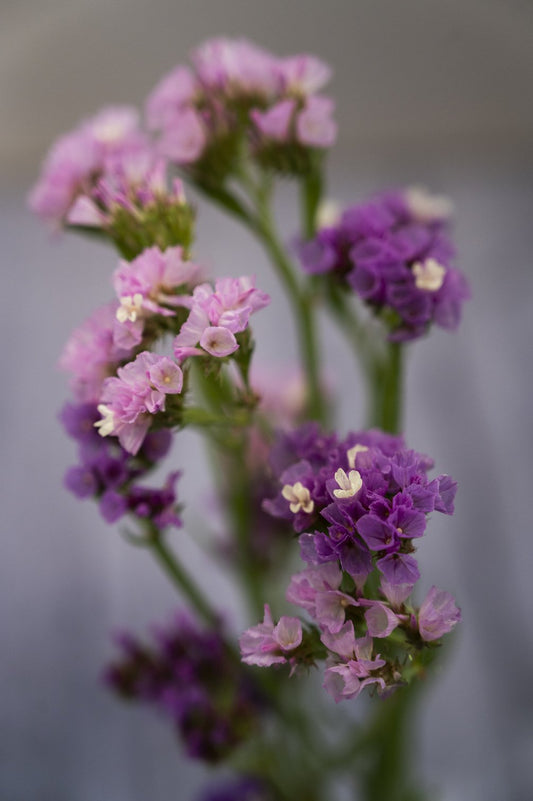40 PLANTS THAT IGNORE SNAILS
I don't know exactly what evolution was thinking when it developed snails. The culinary-savvy Frenchman might have a garlic-and-parsley-soaked answer up his sleeve, but I'm primarily talking about slugs here (Hugh Fearnley Whittingstall of River Cottage tried, with a great deal of creativity and perseverance, to make them palatable—but he failed).

The (protected!) Roman snail.
Even the fact that hedgehogs and mallards like them only helps me temporarily overcome the fact that they love to burrow through my flowerbeds and cause severe losses among my plants. And surely there's a species of human (gastropodist?) that is active in this area as a collector, enthusiast, and admirer. #notme
The main culprit is actually the slug. These cute little creatures particularly enjoy feasting on young shoots, while their caravan-dwelling counterparts prefer wilted waste and even the eggs of their fellow slime-eaters without buildings. One can therefore assume that the latter have a certain usefulness, and they also have a certain aesthetic appeal, which cannot necessarily be said of the common Spanish slug.

Well camouflaged is half the battle.
For ethical, aesthetic and moral reasons, one should not avenge the massacre of plants with a counter-massacre of snails, because firstly they are living creatures and secondly they also play a useful role in the ecosystem - after all, once the salad has been eaten, they also eat dead small animals.
The best thing to do is to create worry-free areas in your garden, i.e., plant individual beds entirely with slug-resistant flowers. This way, you'll have a better overview of which plants need attention ( dahlias ! cornflowers ! delphiniums !) and won't be suddenly surprised by defoliation.
Another option would be to use these plants to create slug barriers, hoping they won't sniff out Zinnia !, Petunia!, and Lupin ! behind the sentry plants.
Here is a selection of (cottage garden) plants that snails generally shun (all information is provided without guarantee*). Consider this list an "open source" document (in software jargon, open source means that the source code is public and can be modified) and please write to me about your snail-proof plants; I'd be happy to add them.
*Another sentence on this: There's a lively, almost heated discussion going on between my neighbor (three doors down!) and me regarding phlox, asters, and hydrangeas. What has proven to be absolutely slug-resistant for her are star plants on my slug buffet.
1. ROSES
Snails aren't suicidal; their thorns deter them from prickly experiments. However, they also completely avoid thornless roses. So, they're absolutely safe!

2. PEONIES
Every now and then, you might spot a Roman snail consuming the fallen, wilted petals by the roadside. I'd love to add salt and pepper to it in gratitude. The "fresh plant" is completely snail-resistant.

3. SPRING FLOWERS
Snowdrops, wood anemones, grape hyacinths , and forget-me-nots aren't eaten, which may be due to the fact that snails aren't yet active at this time of year. I've occasionally caught one from a tulip petal.

4. AQUILEGIA

5. POISONOUS PLANTS such as foxglove, lily of the valley and monkshood

6. Geraniums (also known as Pelargoniums)
Unfortunately, they aren't particularly useful as a food source.

7. CARNATION

8. CRANESBILL
Avoided by the snail, loved by the bee.

9. WOMAN'S MANTLE

10. LAVENDER

11. Hydrangea

12. SEEDHEAD
and other plants with thick leaves such as houseleek and spurge.

13. SPURFLOWER

14. Beard Flower

15. Woolly hedge

16. BERGENIA

17th Honorary Award

18. CHRISTMAS AND LENTENNIAL ROSES

19. SUNBRIDE

20. YARROW

22. AUTUMN ANEMONES
There she is again, my beloved autumn anemone. If you want to read more about her, you can find my "Ode to the Autumn Anemone" HERE .

23. Starflowers

24. Astilbe

25. FAIRY FLOWER

26. Purple Oat

27. BLUE IRIS

28. Purple Loosestrife

29. INDIAN NETTLE

30. Catnip

31. Cushion Phlox

32. MEADOW BUTTON

33. VERBENA BONARIENSIS

34. BALLOON FLOWER

35. BOWFLAKE

36. Ground elder
A little gardening joke on the side. But of course they leave it alone.

37. NIGHT VIOLET

38. Sea lavender

39. GRASSES
Even though I don't think grasses have any place in cottage or farm gardens (they simply take up too much space for flowering plants), I always have fun discussions about them with Alex Lehne (ZDF Garden Duel and garden designer), who, by the way, took this photo. Thank you so much for that. And for the entertaining discussions.

40. FERNS
Not exactly a cottage garden plant at first glance either. But I have it and love it, combined with masterwort, cranesbill, and columbines in shady garden areas. Oh, and of course, a few elves and fairies.

And a few final sentences.
Vegetables and snails are a topic in themselves. Growing them in raised beds is a first protective measure, but unfortunately, it's not a guarantee. Lettuce is one of slugs' favorite foods, which is why some hardy gardeners plant extra lettuce to keep the gluttons away from other plants.
However, there are also types of lettuce and vegetables that have a real chance of survival: lamb's lettuce, endive, and red lettuce (has anyone tried these? Please share your experiences!), as well as plants with a strong odor, such as onions and garlic. Radishes, radishes, celery, beets, chives, and tomatoes are also off the menu.
Strongly fragrant herbs full of essential oils, such as rosemary and thyme, are also not well-received by snails. Be careful with basil, which seems to be quite popular.
I've also noticed that snails seem to only attack "damaged" plants. Once a dahlia has been eaten, they happily continue to devour it, while the neighboring plant, intact and untouched, remains untouched. Can you confirm this?
And you can find further suggestions for fighting the voracious slimes in my video HERE .

Photos: Janina Laszlo, Alexandra Lehne (Soulgarden), Antonia Mergen, My Cottage Garden, Pexels, Pixabay
































